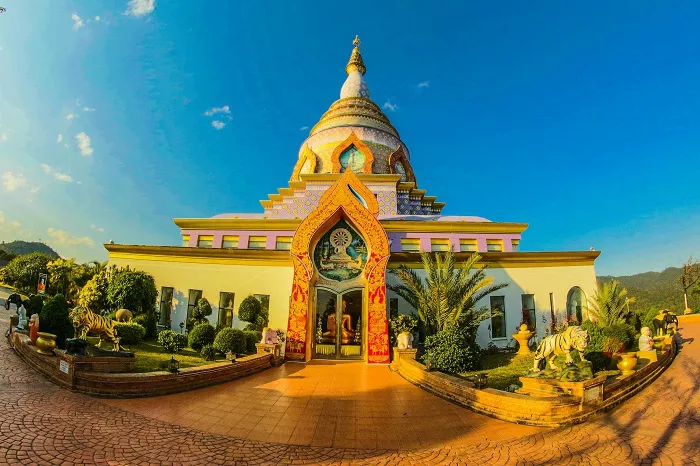The Korea Heritage Service (KHS) announced on May 19 that Buddhist temple food has been officially designated as a National Intangible Cultural Heritage, recognizing its deep reflection of Buddhist philosophy and cultural significance.
Buddhist temple food, rooted in monastic traditions, is a vegetarian cuisine strictly prepared in accordance with Buddhist precepts. It excludes meat, fish, and the “oshinchae”—five pungent vegetables including garlic, green onions, chives, Korean wild chives, and heunggeo, a type of leek—believed to hinder spiritual practice.
Having evolved alongside the spread of Buddhism in Korea, temple cuisine has both shaped and been shaped by Hansik, or traditional Korean cuisine, for centuries. Historical documentation of this culinary tradition can be traced back to the Goryeo Dynasty (918–1392). Works such as the Dongguk Yi Sangguk Jip (Collected Works of Minister Yi of Korea), compiled in 1241 by scholar Yi Kyu-bo, reference dishes like vegetarian dumplings and mountain leaf mustard kimchi.
During the Joseon Dynasty (1392–1910), Buddhist temples played a central role in producing and disseminating fermented foods, including tofu, meju (fermented soybean blocks), and traditional sauces and pastes known as jang. These culinary practices extended beyond temple walls, as monasteries engaged in exchanges with the lay community, particularly through grain-based interactions with aristocratic households.
In its statement, the KHS emphasized that temple food embodies “the Buddhist principle of not killing living things and the philosophical values of respect for life and moderation.” It also noted that the cuisine has preserved traditional recipes, contributing to both cultural diversity and creative expression.
As temple food varies in preparation across different monastic communities, the heritage listing categorizes it as a communal cultural asset rather than one associated with a specific individual or group.


